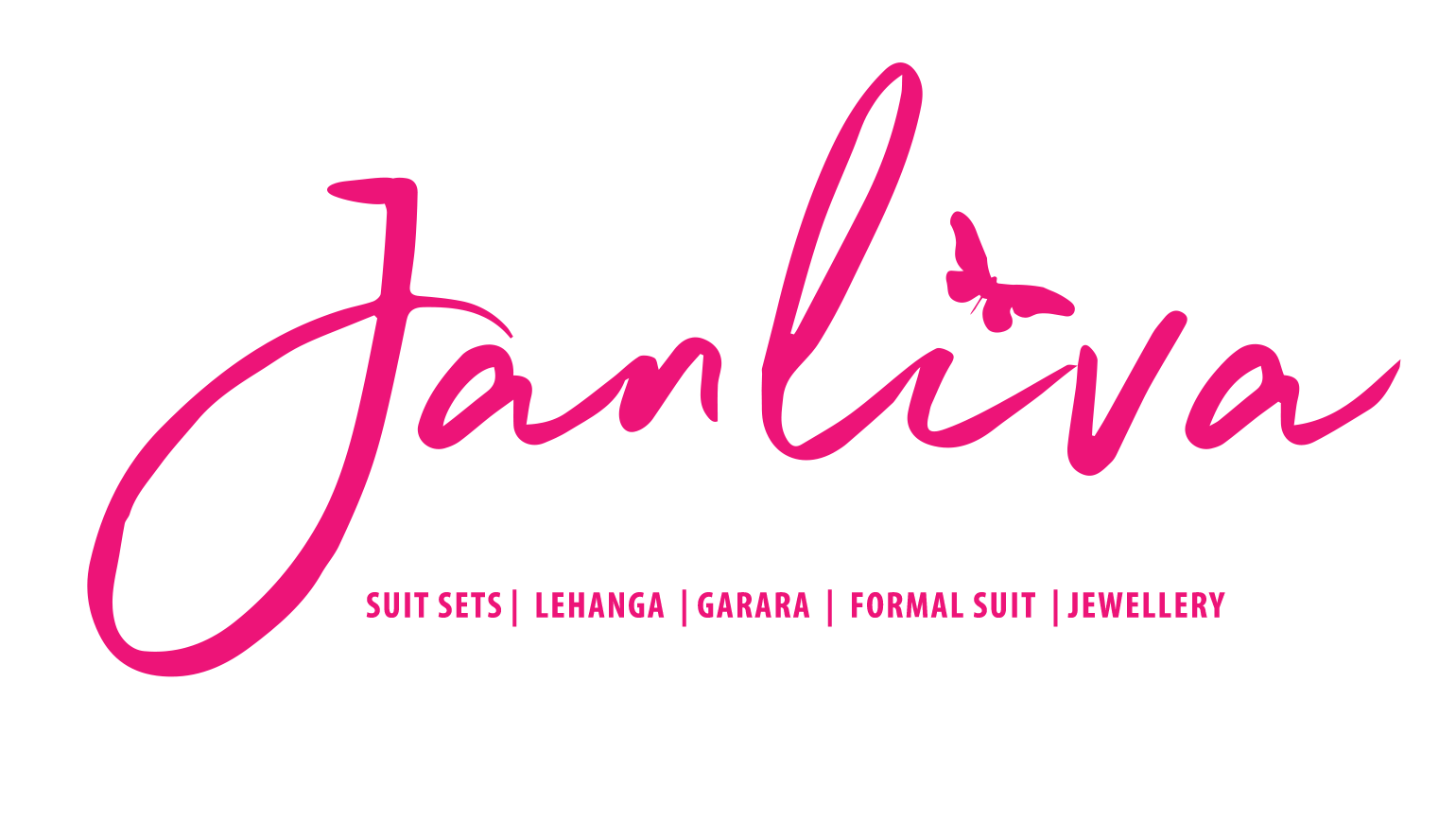The lehenga, a quintessential Indian garment, has journeyed through centuries of fashion evolution to become a symbol of grace, tradition, and celebration. This timeless attire, worn by women across India, has adapted to changing trends and regional influences, making it a versatile and cherished choice for various occasions.

Historical Roots
The history of the lehenga dates back to ancient India, where it was initially a part of royal attire. Originating in the northern regions, particularly Rajasthan and Gujarat, the lehenga was favored by royalty and nobility for its opulent fabric and intricate craftsmanship. The traditional lehenga comprises three main components: the lehenga (skirt), the choli (blouse), and the dupatta (scarf).
Regional Influences
As the lehenga spread across different regions of India, it absorbed various cultural and artistic influences, resulting in a diverse range of styles and designs. Each region added its unique touch to the lehenga, making it a reflection of India’s rich cultural heritage.
- Rajasthan: Known for its vibrant colors and intricate mirror work, the Rajasthani lehenga is a visual delight. The use of bold hues and elaborate embroidery is a hallmark of this style.
- Gujarat: The Gujarati lehenga often features bandhani (tie-dye) patterns and extensive mirror work, creating a festive and lively look.
- Punjab: The Punjabi lehenga is characterized by its heavy phulkari (floral embroidery) work and bright colors, symbolizing joy and celebration.
- South India: In southern regions, the lehenga is often crafted from luxurious silk fabrics with rich zari (metallic thread) work, reflecting the grandeur of traditional South Indian attire.
Modern Evolution
With the advent of modern fashion, the lehenga has undergone significant transformations, adapting to contemporary tastes while preserving its traditional essence. Designers have experimented with fabrics, cuts, and embellishments to create innovative and stylish lehengas that cater to a diverse audience.
- Fusion Styles: Combining elements of Western fashion with traditional lehenga designs has become a popular trend. Lehengas with crop tops, off-shoulder blouses, and asymmetric skirts offer a modern twist to the classic attire.
- Minimalistic Designs: While traditional lehengas are often associated with heavy embellishments, there is a growing trend towards minimalistic designs with clean lines and subtle embroidery, perfect for a chic and elegant look.
- Pastel Hues: Soft pastel colors have taken the fashion world by storm, adding a contemporary touch to traditional lehengas. These shades offer a refreshing and sophisticated look, ideal for modern brides and fashion enthusiasts.
Lehenga in Popular Culture
The influence of Bollywood and Indian television has played a significant role in popularizing lehenga fashion. Iconic Bollywood movies and celebrity weddings have showcased exquisite lehengas, inspiring fashion trends and making them a staple in every woman’s wardrobe. Designers like Sabyasachi Mukherjee, Manish Malhotra, and Anita Dongre have redefined lehenga fashion, creating breathtaking ensembles that blend tradition with modernity.
Lehenga for Every Occasion
One of the most appealing aspects of the lehenga is its versatility. From weddings and festivals to parties and formal events, there is a lehenga for every occasion:
- Weddings: The lehenga is a popular choice for brides, offering a regal and opulent look. Rich fabrics, intricate embroidery, and vibrant colors create a stunning bridal ensemble.
- Festivals: During festivals like Diwali and Navratri, lehengas in bright hues and festive patterns add to the celebratory spirit.
- Parties:

